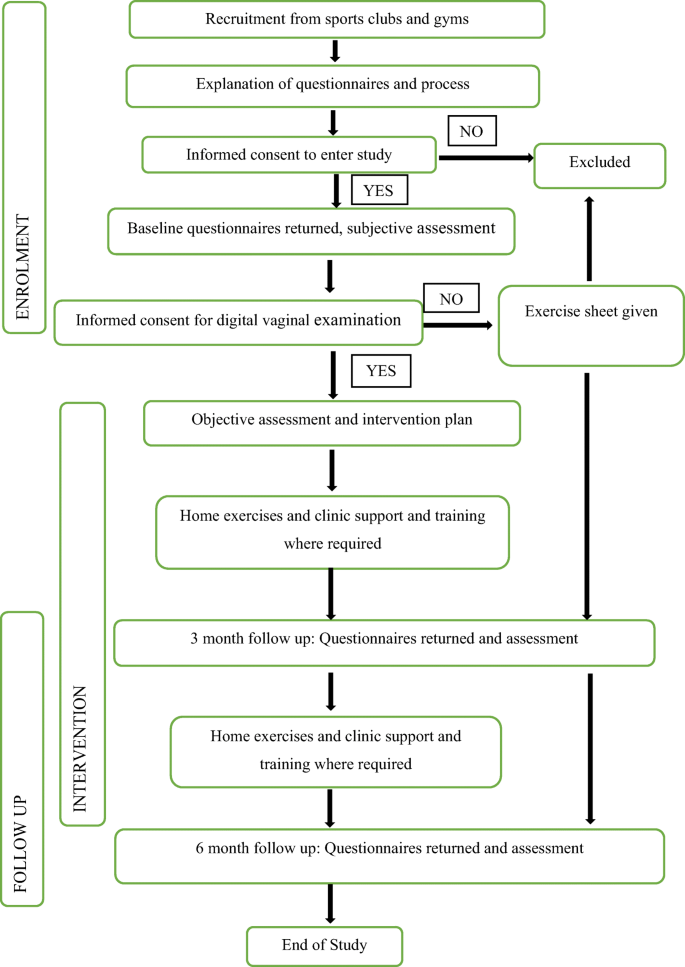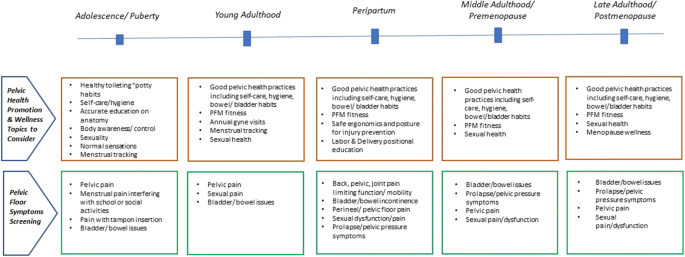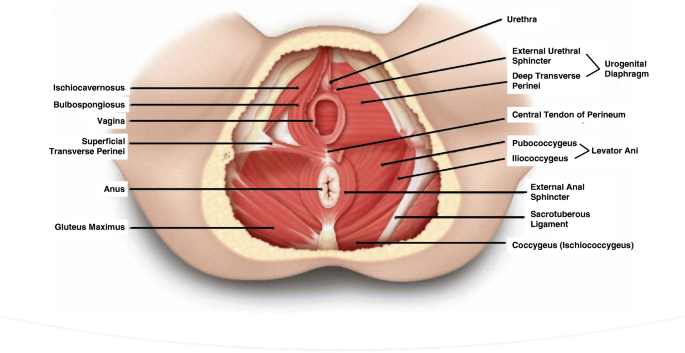Pelvic floor muscle training in female athletes.
Pelvic floor muscle training in female athletes a randomized controlled pilot study.
The results of this study indicate that the treatment group might be better than no treatment for sui with large treatment effects size for urinary loss pelvic floor muscle pressure and pelvic floor muscle strength which demonstrates the clinical significance of the results.
Individual and group pelvic floor muscle training versus no treatment in female stress urinary incontinence.
This study aimed to examine the effect of pelvic floor muscle training on the irisin ir concentration in overweight or obese elderly women with stress urinary incontinence.
Single blinded randomized controlled pilot study.
N 23 or a control group.
Int j sports med.
Forty seven women participated in a pilot study for a multi centre randomized controlled trial of the effectiveness of pelvic floor muscle training pfmt for women with prolapse.
The prevalence of ui is higher in athletic women than in their sedentary counterparts but there is little research into reasons for this or into treatment within this population.
28 women in the experimental group and 21 women in the control group.
The number of participants included in analysis was 49.
The aim of this study is to investigate the feasibility of conducting a.
Female outpatients with newly diagnosed symptomatic stage i ii or iii prolapse were randomly assigned 1 1 by remote computer allocation with minimsation to receive an individualised programme of pelvic floor muscle training or a prolapse lifestyle advice leaflet and no muscle training control group.
1 department of physical therapy federal university of são carlos são carlos sp brazil.
The aim of this study was to investigate the effects of pelvic floor muscles training in elite female volleyball athletes and whether it is an effective therapy for stress urinary incontinence.
Epub ahead of print correction.
However we did not evaluate the satisfaction from the control group.
The experimental group eg underwent pelvic floor muscle training.
Women with sui and an iciq ui sf international consultation on incontinence questionnaire short form score of 12 were randomized to a low intensity pfmt program followed by kaatsu kaatsu pfmt or to a low intensity pfmt program without kaatsu pfmt group both performed four times a week for 12 weeks.
The aim of this study was to investigate the effects of pelvic floor muscles training in elite female volleyball athletes and whether it is an effective therapy for stress urinary incontinence.
Women with symptomatic stage i or ii prolapse measured by pelvic organ prolapse quantification pop q were randomized to a 16 week physiotherapy intervention pfmt and lifestyle advice.
Fourteen athletes both continent and incontinent between 18 and 30 years of age were randomly assigned to an experimental group or a control group.
Urinary incontinence ui affects up to 40 of adult women within the uk and pelvic floor muscle training can be effective as a treatment.










